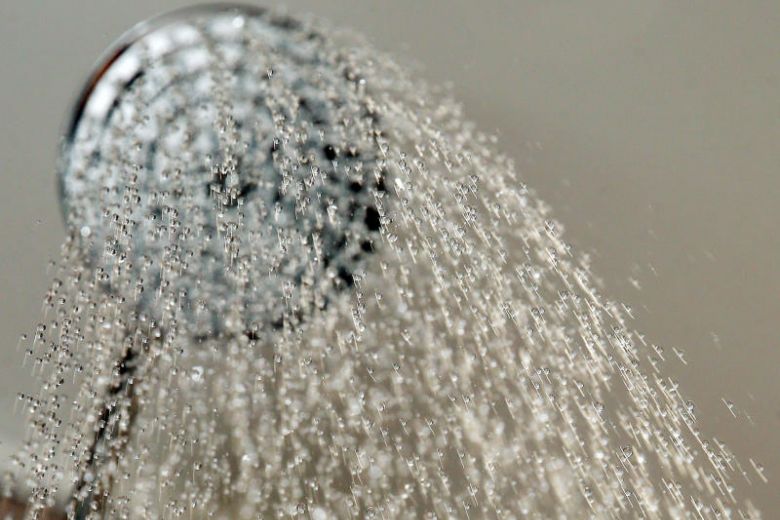Poorer families use more water to keep cool: Study
And higher-income households tend to use more air-conditioning to beat the heat, NUS research finds
Sign up now: Get ST's newsletters delivered to your inbox

The study found that when the temperature went up by 1 deg C, the average household living in a two-room apartment used nine litres more water a day.
PHOTO: ST FILE
Felicia Choo
Follow topic:
When the weather is hot, lower-income households tend to use more water, while higher-income households consume more electricity, a local study has found.
The National University of Singapore (NUS) study tracked the water and electricity bills of about 130,000 households living in apartments from September 2012 to December 2015.
It found that when the temperature went up by 1 deg C, the average household living in a two-room apartment used nine litres more water a day. At the time of the study, less than a fifth of the two-room apartments had air-conditioning.
Among higher-income households, higher electricity consumption was evident, but there was no significant change in water use.
These households were those living in five-or six-room apartments (including executive flats and condominiums) where air-conditioning is prevalent.
The average increase in electricity demand was 2kwh a day for every 1 deg C rise, which is equivalent to operating an air-conditioning unit for an additional two hours daily.
The study, conducted by Associate Professor Alberto Salvo from the NUS Department of Economics, was published in the journal Nature Communications yesterday.
"As we face shifting temperature extremes and rainfall variability, the study can contribute towards improving demand forecasting for water and electricity in water-stressed cities in tropical Asia, where incomes are rising," said Prof Salvo.
"This can facilitate better design and allocation of water and electricity grids.
"Air-conditioners powered by electricity generated from burning fossil fuels come at an environmental cost, but one added benefit is that they may reduce a household's water demand when seeking relief from heat," he added.
Previous research found that residents in one-or two-room apartments have a mean annual household income per person of US$9,300 (S$12,700), and air-con adoption is only 14 per cent.
At the other end of the socioeconomic distribution scale, condominium apartments are characterised by a mean household income per person of US$68,900, and air-con penetration is 99 per cent.
To complement the observational evidence from the study, 300 people living in apartments were also surveyed in September this year on heat relief behaviour.
According to the survey, 39 per cent of respondents said they took more and longer showers on a very hot day, and 36 per cent indicated they would turn on the air-conditioner.
Prof Salvo will conduct further studies to see if the findings for Singapore can be extended to urban populations in other cities in tropical Asia, such as Mumbai and Jakarta, with different climates or levels of economic development.

